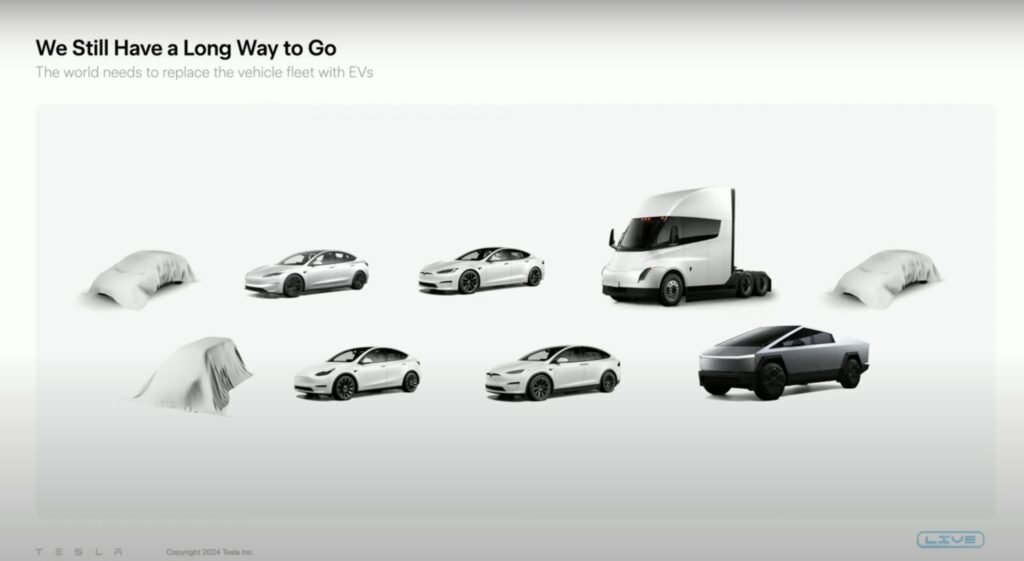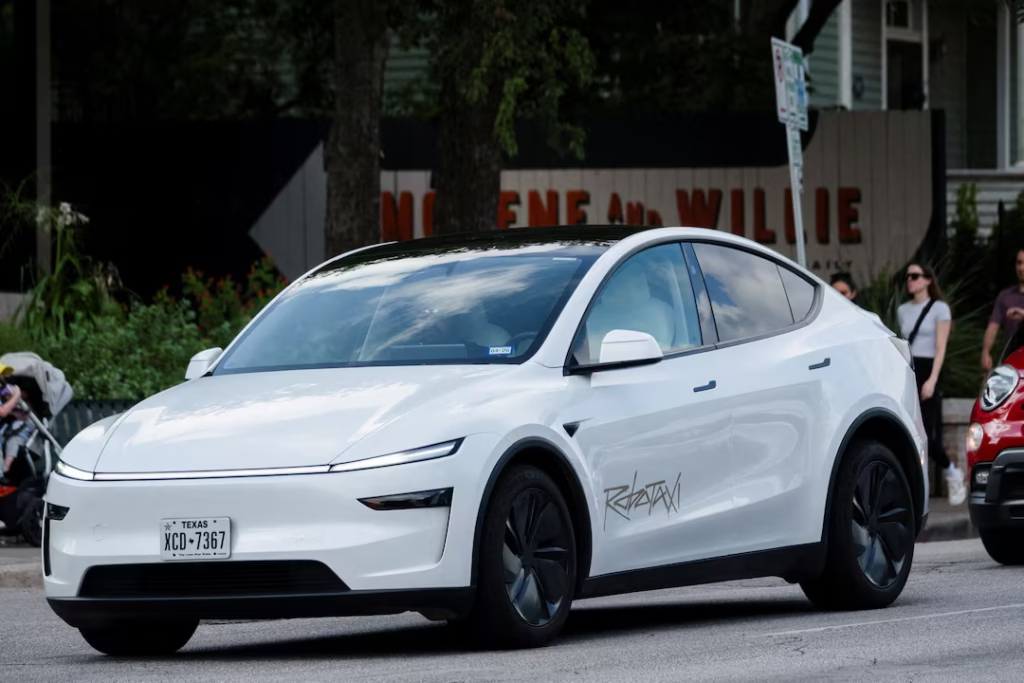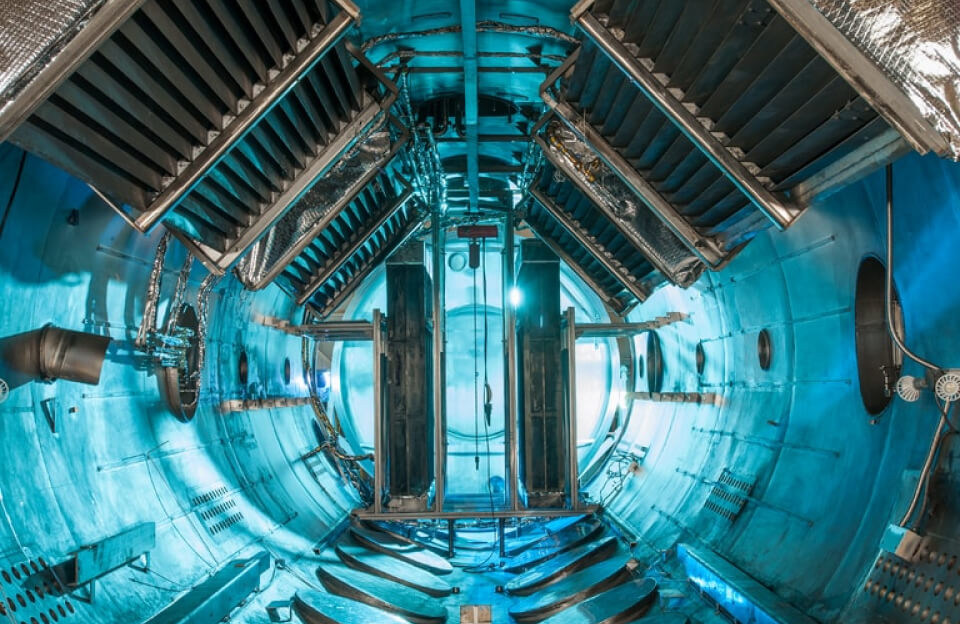Tesla is once again in the spotlight—this time for all the wrong reasons. A Florida jury recently ruled that the company’s Autopilot system was defective, ordering Tesla to pay $243 million to the victims of a 2019 fatal crash. The decision could not have come at a worse time for Elon Musk, who is racing to launch Tesla’s robotaxi service across the U.S. by the end of the year.
The crash involved a Model S that reportedly failed to stop at an intersection, causing a deadly collision. Although the driver admitted to being distracted, the jury still found Tesla’s Autopilot software partly responsible.
Robotaxi Plans Under Pressure
Tesla has long promoted its Full Self-Driving (FSD) technology as the future of driving. But after this verdict, convincing regulators that its systems are safe will be a lot harder. Experts say this could delay approvals needed to expand Tesla’s robotaxi program in key states like California, Nevada, Arizona, and Florida.
According to Tesla investors and analysts, public trust and regulatory approval are now major hurdles. Here’s a comparison of Tesla’s approach versus competitors:
| Tesla (Elon Musk) | Competitors (Waymo, Zoox, etc.) |
|---|---|
| Uses cameras and AI only | Use lidar, radar, and other expensive sensors |
| Promises fast expansion | Slow, cautious rollout |
| Minimal human supervision planned | Human safety drivers remain in place longer |
| Robotaxi trial already underway in Austin | Still testing in limited U.S. cities |
Verdict Seen as a “Black Eye” for Tesla
This is not the first time Tesla has faced legal challenges over its Autopilot system. But unlike past cases, which were often settled privately or won by Tesla, this verdict stands out. Experts believe it could influence how future lawsuits are handled—and how regulators see Tesla’s claims about its self-driving tech.
“From an image standpoint, it’s a black eye,” said Gene Munster, a Tesla investor.
Musk has acknowledged the need to be “super paranoid about safety,” but he’s also vowed to make robotaxis available to half of the U.S. population in the next five months—a goal now looking more uncertain.
What’s Next for Tesla?

Tesla is appealing the Florida ruling, and the company maintains that the driver was solely at fault. However, the damage may already be done in terms of public perception and regulatory scrutiny.
Meanwhile, Tesla’s EV sales growth has slowed, and competition from other automakers is increasing. The company is banking on robotaxis and artificial intelligence to fuel future growth. But this legal setback may cause delays and even impact Tesla’s market valuation, which heavily relies on its innovation roadmap.
As other companies take a slow and careful approach to autonomy, Tesla’s strategy of fast expansion could face more resistance—not just from regulators but also from cautious customers.


